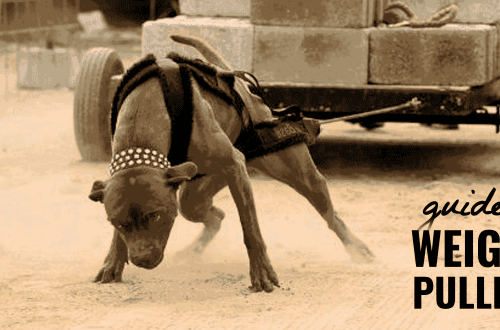
Rumors about the dangers of harnesses for dogs are greatly exaggerated.
Recently, the Internet was blown up by an article by Anastasia Chernyavskaya, a veterinarian, about harnesses for dogs. More precisely, that harnesses are not just not the most comfortable and safe ammunition for dogs, as previously thought, but even … harmful to health! Of course, the harness is different for the harness, but the article talked about the fact that all harnesses are harmful without exception.


Pictured: A dog in a harness. Photo: google.ru
However, if you carefully read the article and the description of the study on which this conclusion is based, many questions arise.
First, a brief about the study – for those who have not read.
The people who conducted this study took 5 types of harnesses (3 restrictive and 2 non-restrictive – leaving the glenohumeral joint and shoulder blade free). We also took 10 border collies (healthy! This is important). It is especially emphasized that these border collies spent most of their lives in harnesses, that is, they did not have to get used to them – and this is also important. Then each dog in a harness was let through the kinetic platform three times. It turned out that in all cases the pattern of movement was disturbed in the experimental dogs. The control group consisted of other dogs that walked on the kinetic platform without a harness.
As a result, it was concluded that the harness changes the dog’s gait, which means it is the cause of microtraumas and biomechanical disturbances, which, in turn, is fraught with serious injuries.




Pictured: A dog in a harness. Photo: google.ru
I am not a veterinarian, but at the same time a person not too far from the world of science. And I know how qualitative research should be done. And personally, this study is very embarrassing for me. I was especially surprised when I learned that this information was contained in a report at the Pets Behavior conference – 2018.
Is there anything that bothers you about research?
I will explain in more detail.
First, almost nothing is known about the dogs that participated in the experiment. Including about what loads they carried and what they did.
But it is said that the border collies – participants in the study – spent almost their entire lives in harnesses, but at the same time they were recognized as healthy at the time of the study. And suddenly, after three penetrations on the kinetic platform in ammunition, to which they did not need to get used, problems suddenly began?
Why were the control group other dogs without harnesses, and not the same ones? How then can you conclude that the matter is in the harness, and not in the dog?
Why didn’t the border collies, the participants in the experiment, walk on the platform before they were put on harnesses to compare the movement pattern “before” and “after”?
Another “dark place”: either from wearing harnesses “all their lives” these dogs had problems before – but then on the basis of what they were recognized as healthy?
And if they really were healthy and were wearing harnesses, how could the harnesses affect them in just three passes on the kinetic platform? If the dogs abruptly showed a violation of the movement pattern when passing the kinetic platform – maybe the problem is in the platform, and not in the harness? Where is the evidence that this is not so?
In general, there are many more questions than answers. I did not receive answers to them from the authors of the article – the answer was silence. So for now, I personally draw one conclusion: rumors about the dangers of harnesses are greatly exaggerated. Or at least not proven.
And what ammunition for dogs do you choose? Share your opinions in the comments!







